Health & Science
The bittersweet benefits of nostalgia; How exercise calms the brain; When singing is truly heartfelt; Growing a human liver
The bittersweet benefits of nostalgia
Feeling nostalgic is often seen as a sign of depression, but a growing body of research suggests that it actually wards off loneliness and anxiety, The New York Times reports. Wistfully recalling old memories, researchers have found, makes people behave more generously and feel closer to their romantic partners. People are more likely to be nostalgic when it’s cold outside—and feeling that way tends to make them feel warmer, suggesting a possible reason why nostalgia evolved. “If you can recruit a memory to maintain physiological comfort, at least subjectively, that could be an amazing and complex adaptation,” says psychologist Tim Wildschut of the University of Southampton in England. He and his colleagues have found that nostalgic thoughts are remarkably similar across cultures, centering on memories of being surrounded by close friends at weddings, holidays, and other special moments. Such bittersweet reminiscences are often triggered by feelings of isolation, and are most common among people experiencing a transition, such as young adults moving away from home or old people who’ve lost a spouse. Despite arising from a sense of loss, nostalgia seems to make us feel better. “It brings to mind cherished experiences,” says North Dakota State University psychologist Clay Routledge, “that assure us we are valued people who have meaningful lives.”
How exercise calms the brain
The Week
Escape your echo chamber. Get the facts behind the news, plus analysis from multiple perspectives.

Sign up for The Week's Free Newsletters
From our morning news briefing to a weekly Good News Newsletter, get the best of The Week delivered directly to your inbox.
From our morning news briefing to a weekly Good News Newsletter, get the best of The Week delivered directly to your inbox.
Exercise is known to combat anxiety, but scientists have long been puzzled by why that’s so. Physical activity creates excitable new neurons in the hippocampus—a part of the brain that regulates emotion, thinking, and memory—and in theory, having more of these neurons should make people more anxious. But when Princeton researchers compared the neurons grown in the brains of mice that regularly ran on a wheel with those in sedentary mice, CBSNews.com reports, they found that the active mice gained more of a particular type of neuron that releases the neurotransmitter GABA, which keeps other young neurons from becoming overactive. When both groups of mice were exposed to stress—in the form of a cold bath—their excitable neurons lit up as expected. But unlike the sedentary mice, the fit mice also released a large amount of GABA, which quickly quelled their anxiety. Researchers think routine exercise changes human brains similarly, helping us relax in the face of stress.
When singing is truly heartfelt
As choir singers harmonize, their breathing and heartbeats synchronize in time with the music—creating a rewarding feeling of oneness. That’s the conclusion of a new study by Swedish researchers, who strapped heart-rate monitors on 15 young choral singers. The singers were asked to perform three exercises: humming, singing a popular national hymn, and chanting a mantra. Researchers found that the pulses of the singers increased and decreased together as the music’s tempo changed. When the songs required the singers to breathe in unison, their heartbeats were especially aligned. The controlled breathing that singing demands also seems to have a calming influence on singers. “Songs with long phrases achieve the same effect as breathing exercises in yoga,” study author Björn Vickhoff of the University of Gothenburg tells The Daily Telegraph (U.K.). “In other words, through song we can exercise a certain control over mental states.” The lungs and the heart communicate with the brain via the vagus nerve, which also helps regulate emotion. Vickhoff says that link could explain why group singing strengthens solidarity, not just in choirs but among football fans and work crews. “When you’re singing together,” he says, “you are synchronizing with other people, and harmonizing your hearts.”
Growing a human liver
A free daily email with the biggest news stories of the day – and the best features from TheWeek.com
Japanese researchers have grown tiny functioning livers from human skin cells, a major step toward the goal of bioengineering human organs for transplants. The researchers began by transforming the skin cells back to their earlier stem cell state and reprogramming them to become liver cells. They then put those cells in petri dishes along with cells taken from umbilical cords and bone marrow—mimicking the mix of cells that naturally produce a fetal liver in utero. Within days, the cells spontaneously formed “liver buds,” the same early-stage liver tissue found in fetuses. When transplanted into mice, the liver buds connected to the rodents’ blood vessels and began to work as human livers would, metabolizing drugs and making proteins. “It’s a human liver, functioning in a mouse,” Takanori Takebe of Yokohama City University tells LiveScience.com. Scientists have previously built windpipes and arteries for transplant by growing stem cells on plastic scaffolds, but that method has failed for solid organs like livers. Researchers hope that growing tens of thousands of liver buds could yield enough tissue to patch up—and one day even replace—failing organs. Nearly 17,000 people are awaiting liver transplants in the U.S.; last year, just over 6,000 people received one.
-
 Hilarious comedians to see on tour this winter
Hilarious comedians to see on tour this winterThe Week Recommends Get some laughs from Nate Bargatze, Josh Johnson and more
-
 A January deadline could bring the pain all over again
A January deadline could bring the pain all over againToday’s Big Question A January deadline could bring the pain all over again
-
 Political cartoons for December 23
Political cartoons for December 23Cartoons Tuesday's political cartoons include an eye on CBS, cracking the middle class, and Donald Trump's name on everything
-
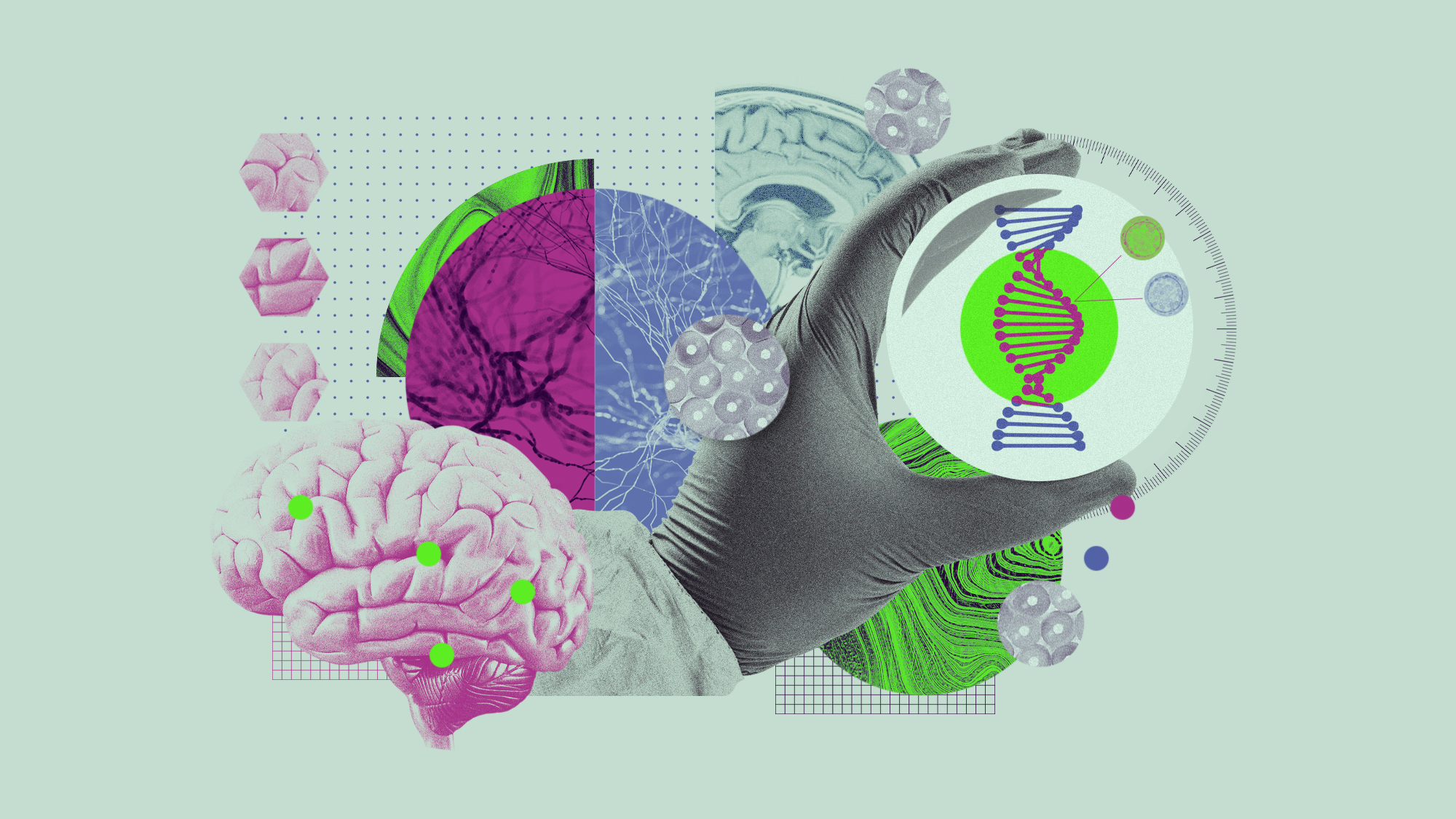 5 recent breakthroughs in biology
5 recent breakthroughs in biologyIn depth From ancient bacteria, to modern cures, to future research
-
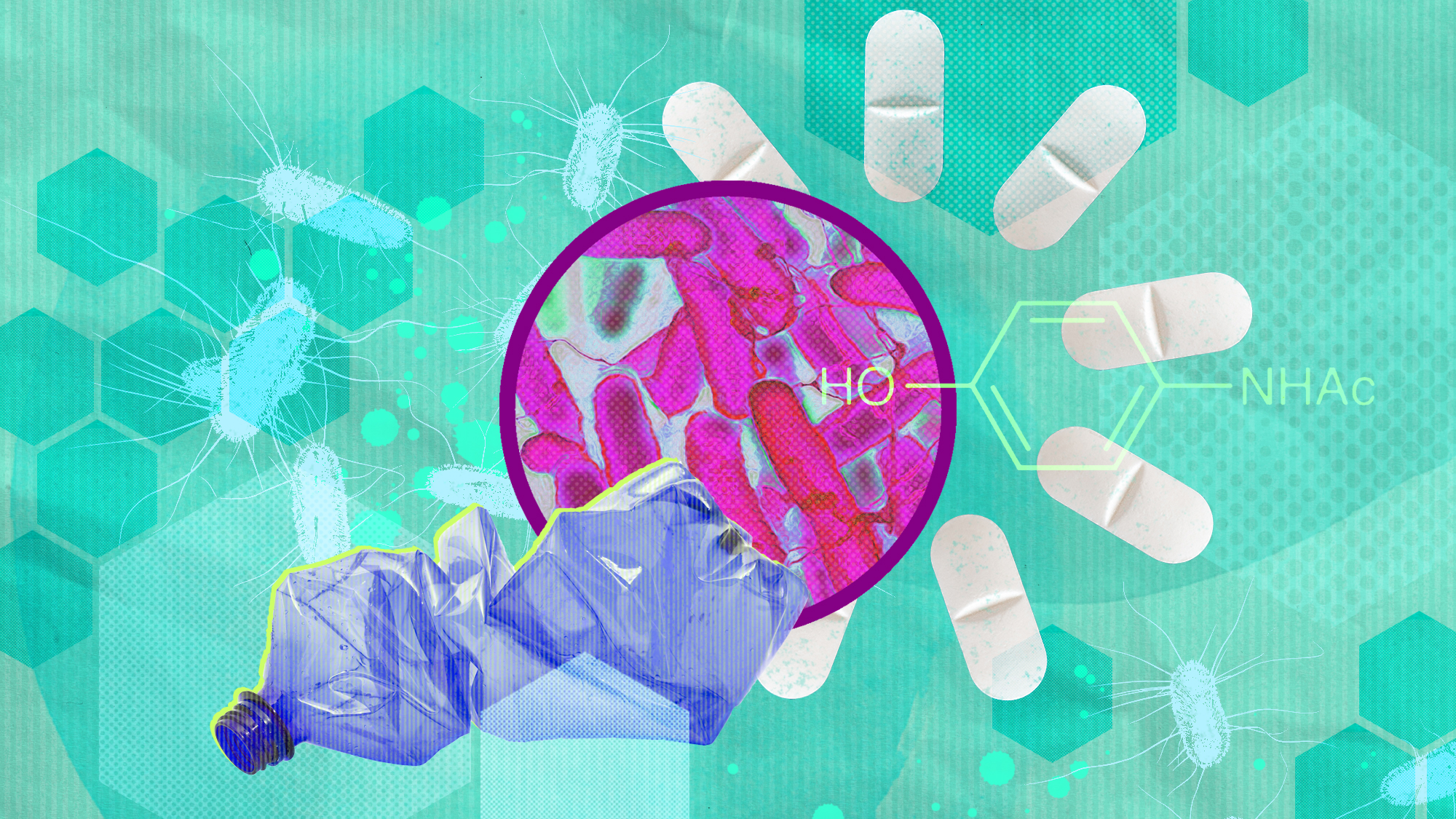 Bacteria can turn plastic waste into a painkiller
Bacteria can turn plastic waste into a painkillerUnder the radar The process could be a solution to plastic pollution
-
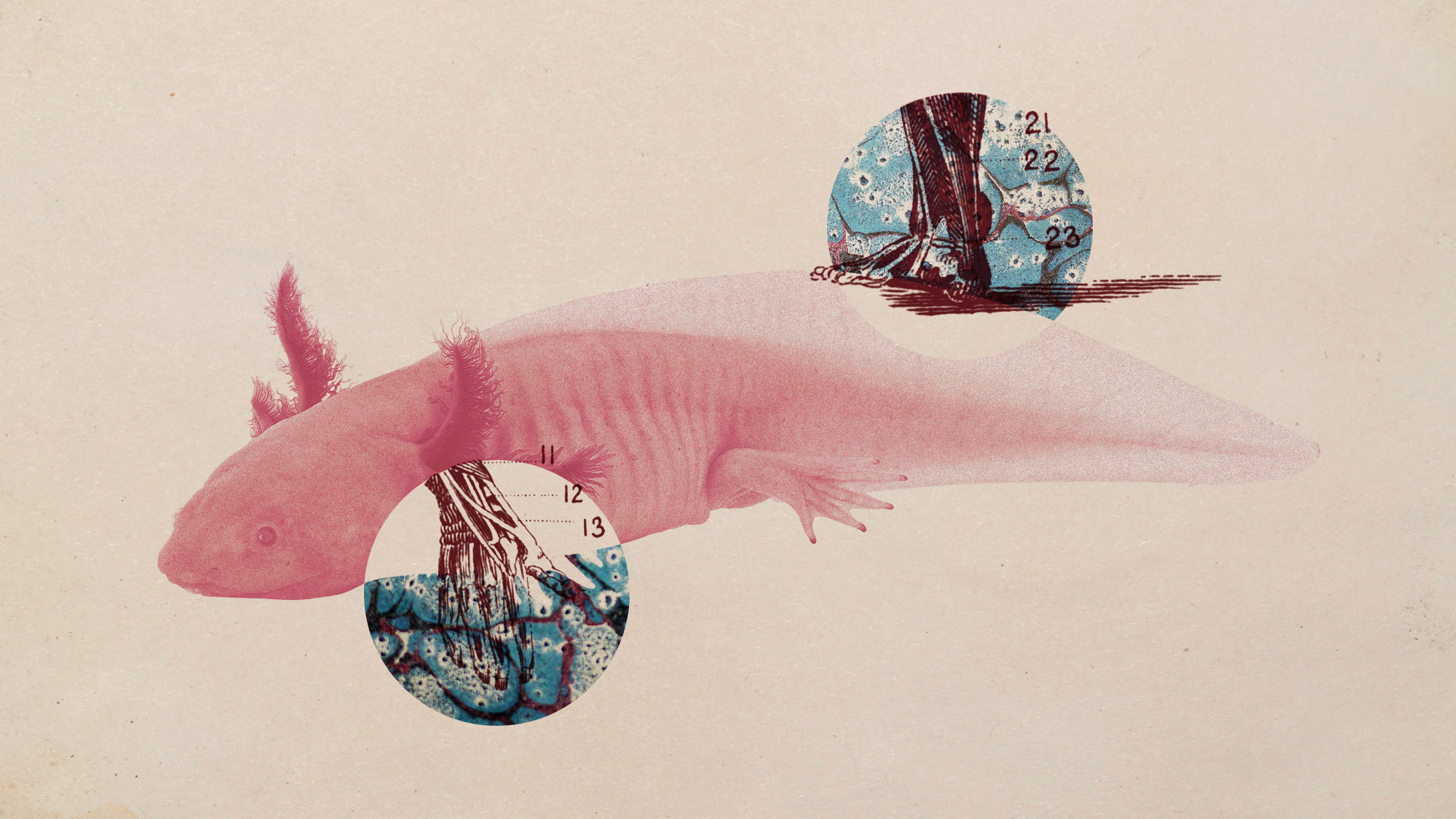 Scientists want to regrow human limbs. Salamanders could lead the way.
Scientists want to regrow human limbs. Salamanders could lead the way.Under the radar Humans may already have the genetic mechanism necessary
-
 Is the world losing scientific innovation?
Is the world losing scientific innovation?Today's big question New research seems to be less exciting
-
 Breakthrough gene-editing treatment saves baby
Breakthrough gene-editing treatment saves babyspeed read KJ Muldoon was healed from a rare genetic condition
-
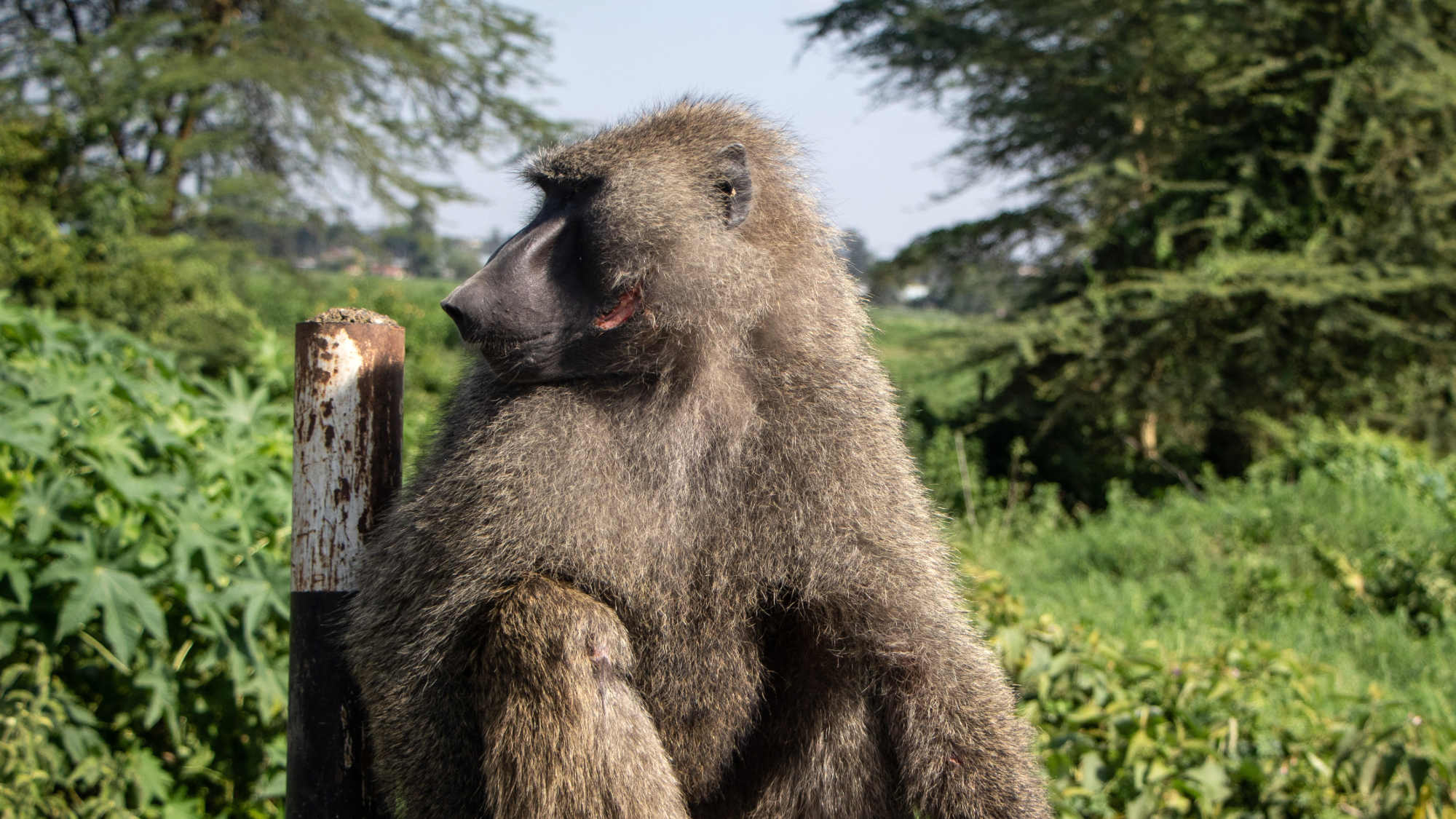 Humans heal much slower than other mammals
Humans heal much slower than other mammalsSpeed Read Slower healing may have been an evolutionary trade-off when we shed fur for sweat glands
-
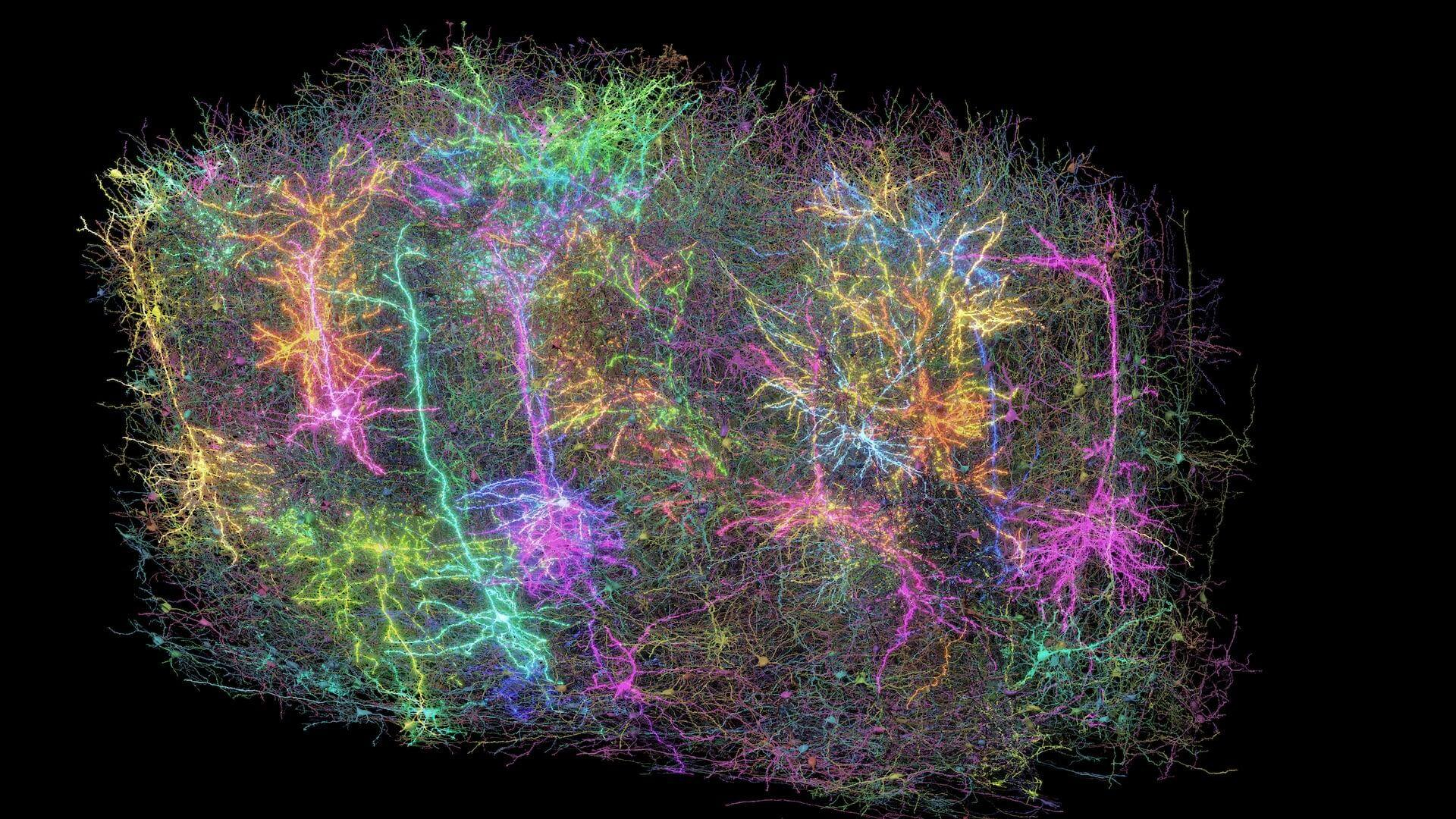 Scientists map miles of wiring in mouse brain
Scientists map miles of wiring in mouse brainSpeed Read Researchers have created the 'largest and most detailed wiring diagram of a mammalian brain to date,' said Nature
-
 Scientists genetically revive extinct 'dire wolves'
Scientists genetically revive extinct 'dire wolves'Speed Read A 'de-extinction' company has revived the species made popular by HBO's 'Game of Thrones'